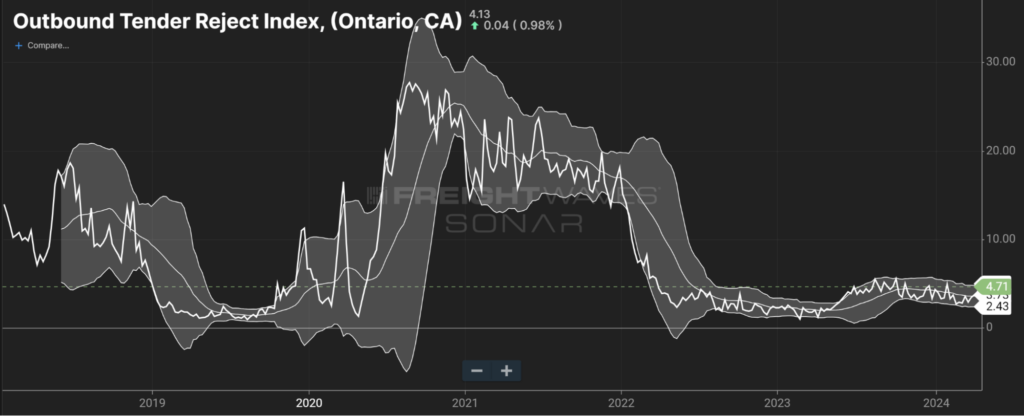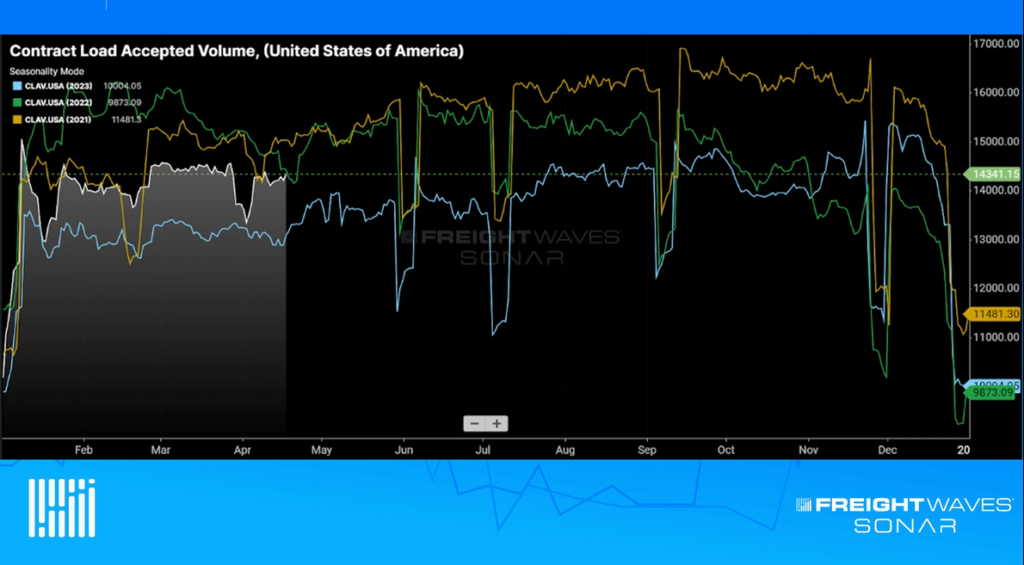How to Bid on Transportation Contracts
Being invited to participate in shipping bids for freight lanes is tough enough. Winning those lanes, especially on the first try, is even more difficult. That’s why it’s best for freight brokers to develop a comprehensive strategy to bid on freight contracts for requests for pricing (RFPs) and requests for quotes (RFQs).
Focusing your strategy around the following five tips will give you the best shot of walking away with enough contract business to set yourself up for success.
#1 – The shipping bids process is long
Bid season is when the heaviest activity of shipping bids happens each year. It is normally around the fourth quarter and establishes contract pricing for the next year. It is important to understand that shippers have long-lasting relationships with both their carrier and 3PL/freight brokerage partners. Shippers are very selective when adding new candidates to the pool. Remember that every new carrier and freight broker added to the bid list means more scarce time and resources devoted to the bidding process.
It can take freight brokers two or three bid cycles to build up the trust to be included in the next bid. In the meantime, it is important to stay focused on being in it for the long haul.
#2 – Stay connected with shippers
This is especially important if you are not moving any loads with a shipper now to stay on their radar for future opportunities to win shipping bids. The most effective method to stay on a shipper’s radar is by creating compelling original content. Original content is always the most challenging, but is by far the most effective. Creating a flywheel to produce content makes this task much easier though. The perfect recipe is to create your own original research that becomes a must have data set for your prospects.
Be sure to remember though, that your original research must be compelling and add value to your prospect’s business. You can then use this content to create marketing campaigns using blog posts on your website, podcasts, email campaigns, and social media posts to distribute your new proprietary research.
#3 – Be prepared to forecast trucking rates
Once you go from the on deck circle to the batter’s box, you had better be prepared. The success rate of winning a bid is low and the odds of winning a bid the first time you’re invited to the process is even lower.
You can increase your odds of winning bids with the most actionable freight data on the market with the Lane Scorecard feature included with FreightWaves SONAR. The Lane Scorecard application scores lanes based on several proprietary freight data sets including tendered load volumes, tender rejections, and headhaul index scores for 135 freight markets throughout the U.S. With this application you can build the most accurate bids for hundreds of truckload lanes in a fraction of the time it would normally take manually.
#4 – Always be building your carrier network
While you have to have the best freight data to win shipping bids, you also have to have the carrier sourcing strategies in line to execute the loads. And all of this must be at the rate and service level that you agreed to when you finally signed the deal. Managing your carrier network is key to maintaining this business. Creating your strategy and planning how to cover loads is just as important as all the effort you put into rating freight lanes. Continuously sourcing new carriers to invite into your network, and having a plan in place to retain these carriers is essential during market tightness that can bring sudden capacity crunches.
#5 – Ask the right questions
Winning shipping bids isn’t all about freight rates. Every sale is a delicate dance between value and price. It is important to build value from the time of your first contact with a new shipper, through the freight bidding process, the execution of the loads, all the way to the review process on performance levels with your customer. Finding the hidden value that your shippers place on this process is the key to increasing your odds of winning bids and keeping the business. Some of the value drivers are obvious like return on investment (ROI) and pick up and delivery deadlines. Others are not quite as obvious and require scratching beneath the surface with great questions to find the intangible reasons why shippers choose their transportation partners.
How SONAR Helps Freight Brokers Win Shipping Bids
SONAR provides the fastest freight market data in the world, across all major modes of traffic. The SONAR platform is the only freight forecasting and analytics platform that offers real-time freight market intelligence driven off actual freight contract tenders. SONAR has proprietary data that comes from actual load tenders, electronic logging devices and transportation management systems, along with dozens of third-party global freight and logistics-related index providers. Whether you’re working from the office or from home, SONAR can provide you the data and intelligence you need to stay ahead of your competitors. Find out more about SONAR for brokers.









